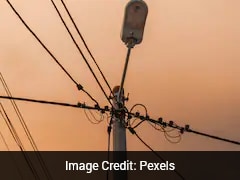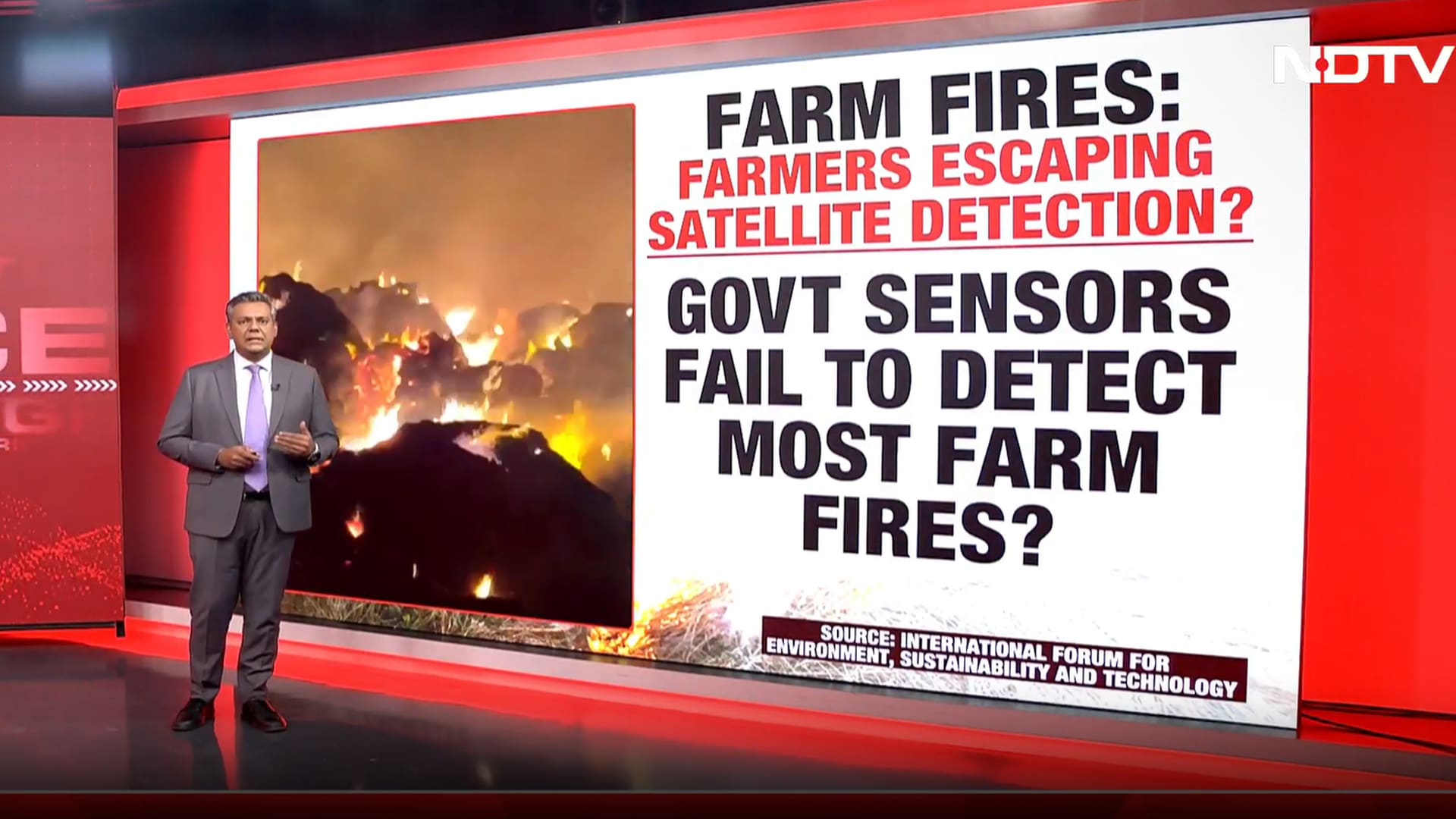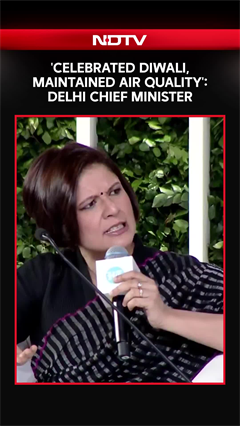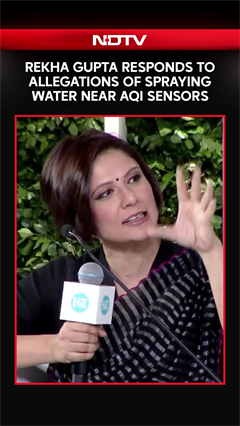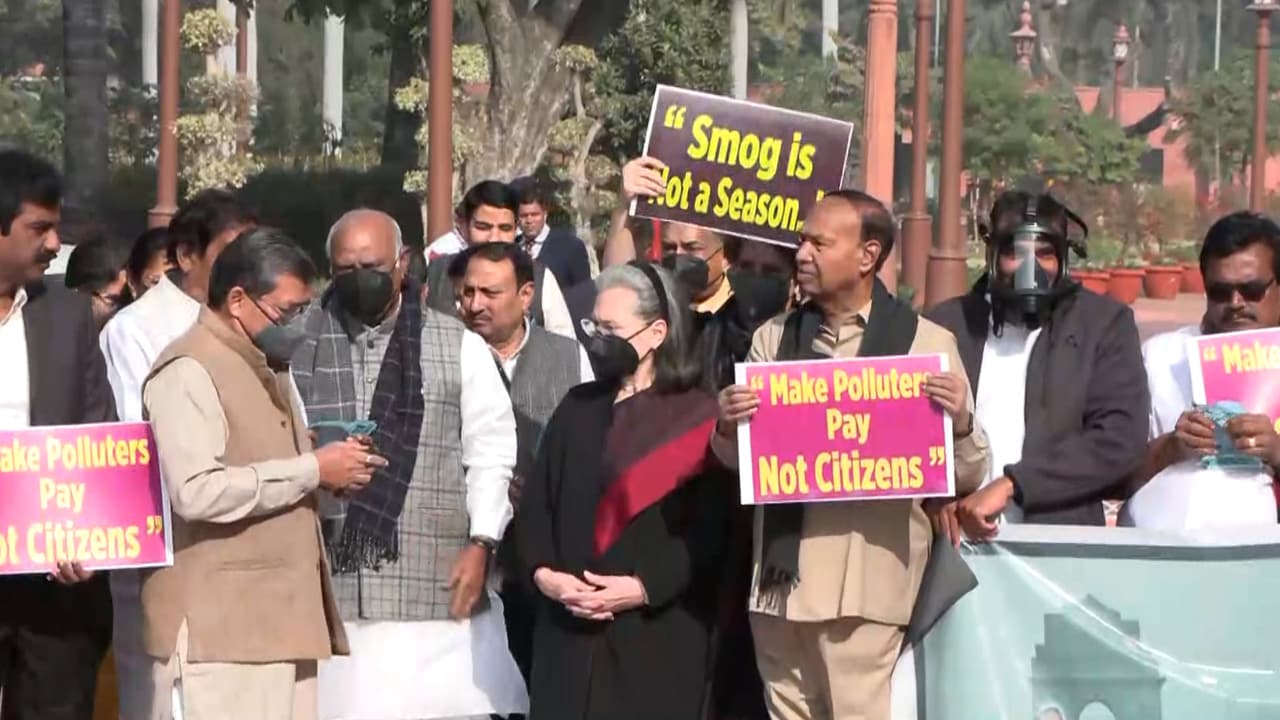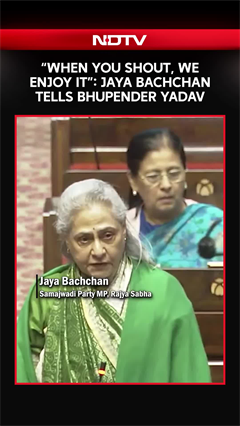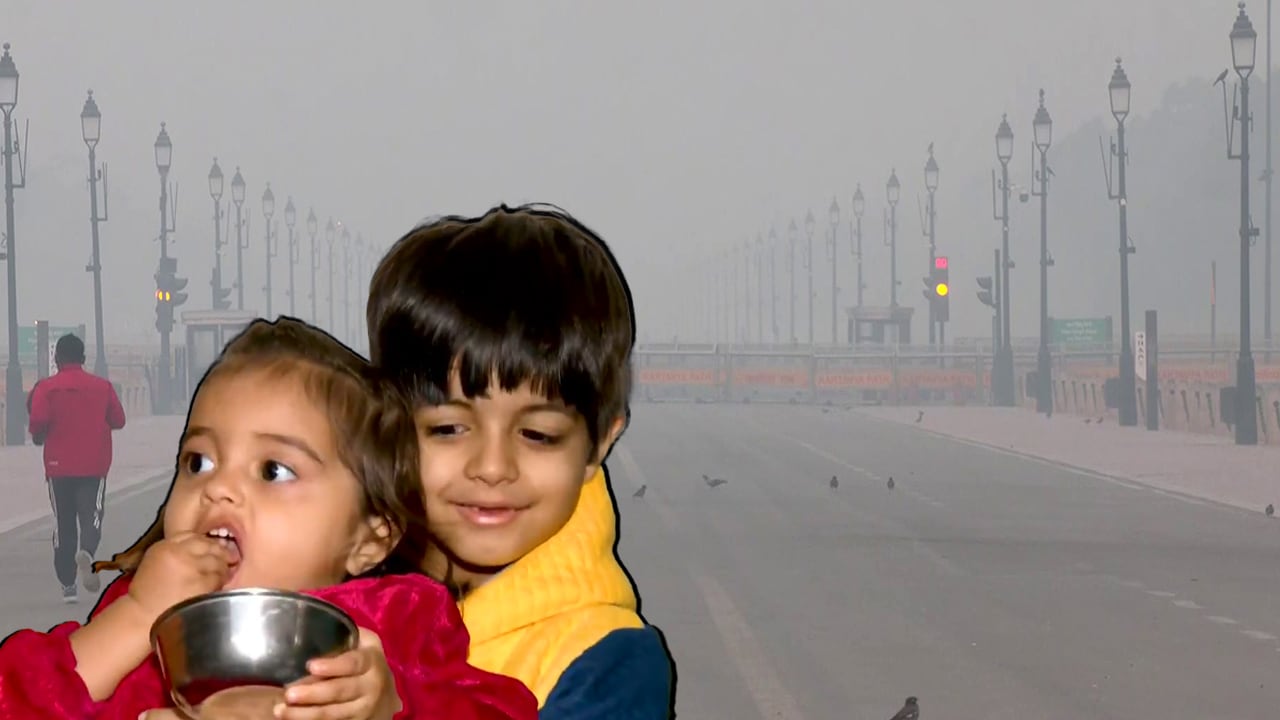- Home/
- Air Quality Body Takes Steps In Punjab, Haryana To Fight Air Pollution In And Around Delhi
Air Quality Body Takes Steps In Punjab, Haryana To Fight Air Pollution In And Around Delhi

Highlights
- The CAQM is tackling north India's winter smog by mandating brick kilns to use paddy straw pellets and addressing open municipal waste fires. These measures aim to reduce pollution, enhance rural economies, and align with renewable energy goals.
Considering the perennial issue of north India's smog-choked winter, the Commission for Air Quality Management (CAQM) is striking at two major pollution culprits - paddy stubble burning and open municipal solid waste (MSW) fires.
Through Statutory Direction No. 92, the commission is mandating brick kilns in non-NCR districts of Haryana and Punjab to co-fire paddy straw-based pellets, aiming for 50 per cent usage by November 2028.
Simultaneously, Direction No. 91 targets fires at sanitary landfills (SLFs) and open MSW burning across the National Capital Region (NCR), tackling toxic emissions head-on to clear the region's hazy skies.
Why This Matters: A Dual Assault on Air Pollution
North India's air quality crisis peaks every winter, with Delhi's Air Quality Index (AQI) often soaring into the "severe" range (above 400).
Paddy stubble burning in Punjab and Haryana, coupled with open MSW fires and landfill blazes, are key culprits. In 2024, Punjab recorded over 10,000 stubble fire incidents, contributing up to 40 per cent of Delhi's pollution on peak days, per the Indian Institute of Tropical Meteorology.
Meanwhile, MSW burning and landfill fires release harmful pollutants like PM2.5, PM10, dioxins, and methane, exacerbating health risks from asthma to heart disease. The Air Quality Commission's twin directives aim to curb these sources with innovative and sustainable solutions.
Tackling Paddy Stubble: Brick Kilns As Allies
To combat stubble burning, Direction No. 92 mandates brick kilns in non-NCR areas of Haryana and Punjab to co-fire paddy straw-based pellets or briquettes with coal, following a phased timeline:
November 1, 2025: 20 per cent co-firing
November 1, 2026: 30 per cent co-firing
November 1, 2027: 40 per cent co-firing
November 1, 2028: 50 per cent co-firing
This transforms agricultural waste into a cleaner fuel, reducing emissions from kilns - thousands of which dot the region - and creating a market for paddy straw. Farmers gain an incentive to sell straw rather than burn it, potentially boosting rural economies. State governments must enforce these targets and report monthly to the commission.

Cracking Down On MSW And Landfill Fires
Direction No. 91 addresses two critical pollution sources: fires at SLFs/dumpsites and open MSW/biomass burning. Key measures include:
Legacy Waste at SLFs/Dumpsites:
Identify, categorise, and assess fire risks at all SLFs/dumpsites in the NCR.
Accelerate biomining and bioremediation to clear legacy waste per Supreme Court timelines.
Install CCTV, fencing, and methane detectors to monitor and prevent fires.
Monitor windrow temperatures (35 to 59 degree Celsius) and conduct frequent patrolling, especially at night.
Ensure fire-fighting infrastructure (hydrants, water tankers, fire tenders) and safety gear for workers.
Conduct quarterly fire safety audits and mock drills.
Fresh MSW Management:
Enforce Solid Waste Management Rules, 2016, for proper collection, segregation, and processing.
Deploy surveillance and patrolling to stop open burning, especially in winter.
Enhance Urban Local Bodies' capacity to process horticultural waste year-round.
Launch public awareness campaigns via RWAs and industry groups to curb waste burning.
Train sanitation staff for better waste handling.
State Pollution Control Boards and the Delhi Pollution Control Committee must submit quarterly reports on compliance, with penalties for non-compliance under the Air Quality Commission Act, 2021.
The Bigger Picture: Challenges and Opportunities
Both directives face hurdles. Scaling up paddy straw pellet production requires new processing plants and supply chains, while small-scale kiln owners may need financial aid to transition.
Similarly, managing legacy waste and enforcing MSW rules demand significant investment in infrastructure and enforcement.
However, these initiatives align with India's renewable energy and net-zero goals, potentially creating jobs and fostering innovation in waste-to-energy solutions. If successful, they could set a national precedent.
Why You Should Care
For NCR residents, polluted air is a personal crisis-hospital visits spike, schools close, and daily life grinds to a halt. By repurposing paddy straw and curbing MSW fires, the Air Quality Commission is attacking pollution at its roots. Success depends on rigorous enforcement, stakeholder cooperation, and public support.
also read
Latest Stories
- Press Trust of India | Wednesday December 10, 2025 , New Delhi
Amid high pollution levels in the capital, the Delhi Pollution Control Committee (DPCC) has issued directions mandating a strict ban on the use of coal and firewood in tandoors across all hotels, restaurants and open eateries in the city.
- Press Trust of India | Monday December 08, 2025 , New Delhi
Delhi's air quality remained locked in the 'very poor' category on Monday, with the air quality index (AQI) staying above 300, while forecasts suggest that pollution levels are likely to deteriorate further.
- Reported by Ashwine Kumar Singh | Monday December 08, 2025 , New Delhi
Delhi Chief Minister Rekha Gupta's remarks about the government using mist sprayers to contain pollution at hotspots has drawn a stinging response from her predecessor Arvind Kejriwal.
- Written by Rupashi Chhabra | Monday December 08, 2025
Maintaining lung health is essential for longevity. Here are five simple steps to perform an anti-pollution lung detox for long-term well-being.
- Edited by Astitva Raj | Sunday December 07, 2025
His post clearly explains the various daily challenges he faced after moving to India from Ireland.
................................ Advertisement ................................
Latest Videos
Opinion
Blog | Well Done, Delhi. You've Turned Lung Sacrifice Into A Badge Of HonourSaikat Kumar Bose
Monday November 10, 2025Till some years back, Delhiites would ask angry questions to those in power about the capitals annual tryst with toxic air. This has changed. Those in the driving seat dont see the need to answer now.
Opinion | Why Indians Have Just Given Up On Air Pollution CrisisTanushree Ganguly
Friday December 20, 2024While some may argue that people in Delhi are now more aware of air pollution than they were a decade back, my rebuttal would be that awareness does not mean that people are concerned.
Opinion | You Must Outrage Over Filthy Air More Than Once A YearJyoti Pande Lavakare
Tuesday December 10, 2024Delhi welcomed us with monsoon rains and mangos. We were home. Fast forward a couple of years, in the winter of 2012, I found myself in denial about something other parents, mostly expats, were calling toxic air.
Opinion | Delhi's Air Pollution Situation Is Like A Bad MarriageNishtha Gautam
Friday November 22, 2024On a good day, such as today, the AQI reading in Delhi is 407. We are jubilant at the sickly sunshine trickling through the slightly dissipated smog. At least its not 1600.
दिवाली... पराली... सियासी जुगाली!Ashwini kumar
Monday November 18, 2024दिल्ली-एनसीआर में प्रदूषण का समाधान तो आज तक मिला नहीं. हर साल चिंतित होकर हम-आप सांसों की तकलीफ के साथ-साथ दिल और ब्लड प्रेशर के मरीज भी क्यों बनें?







